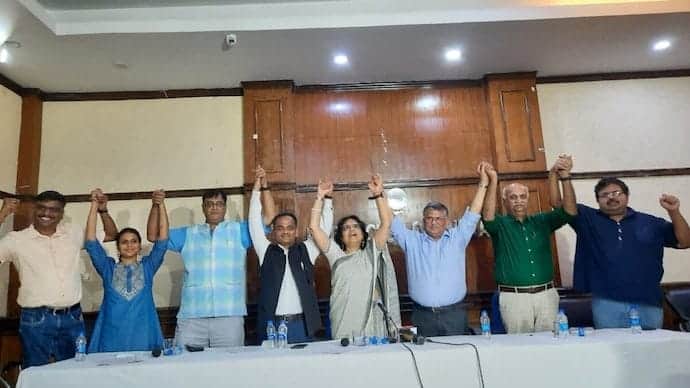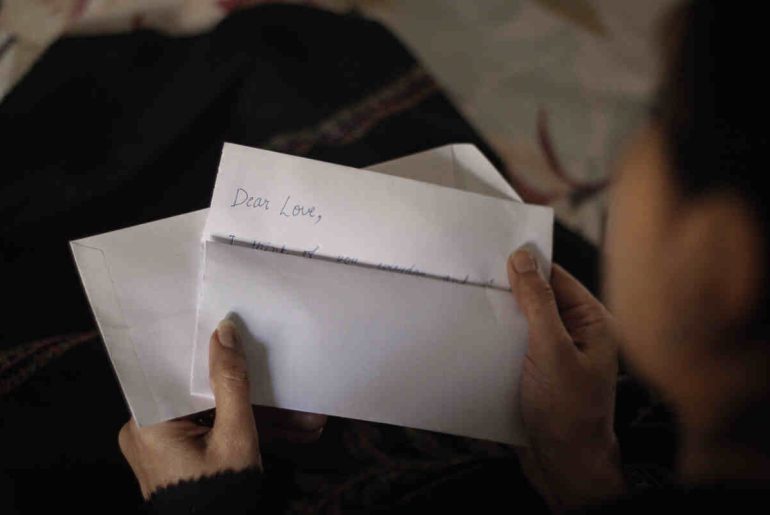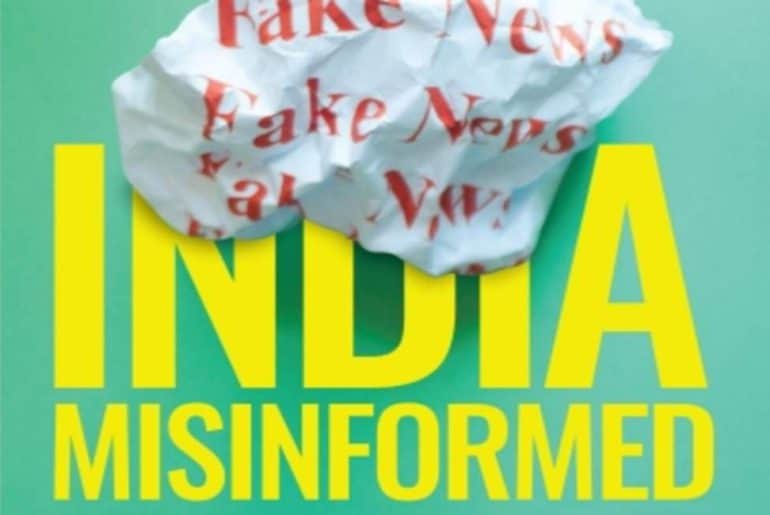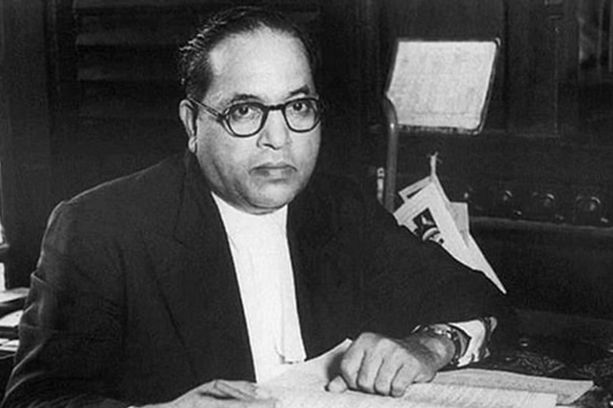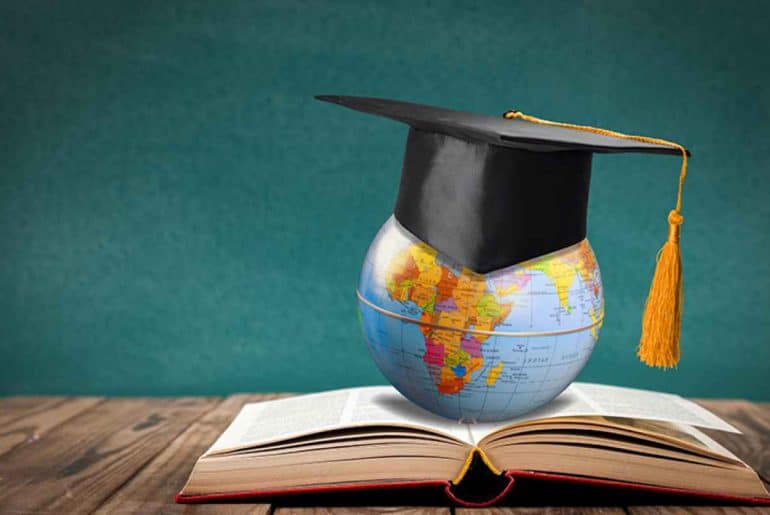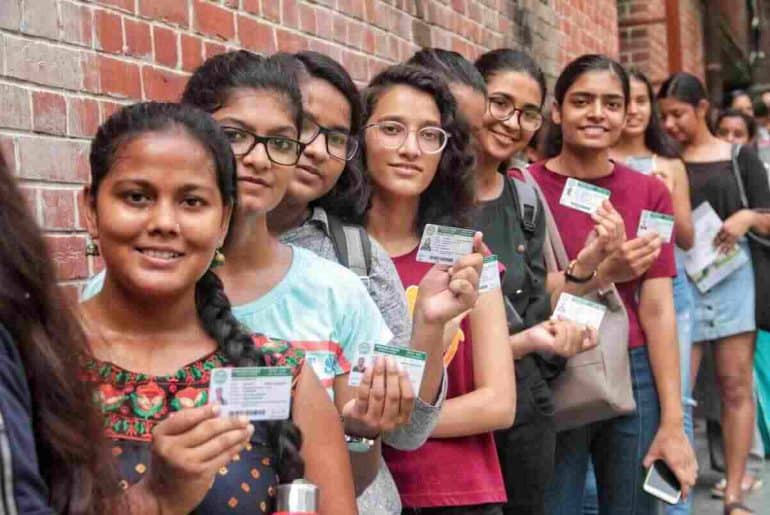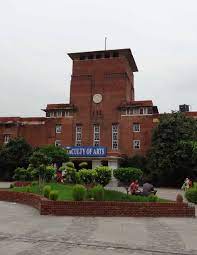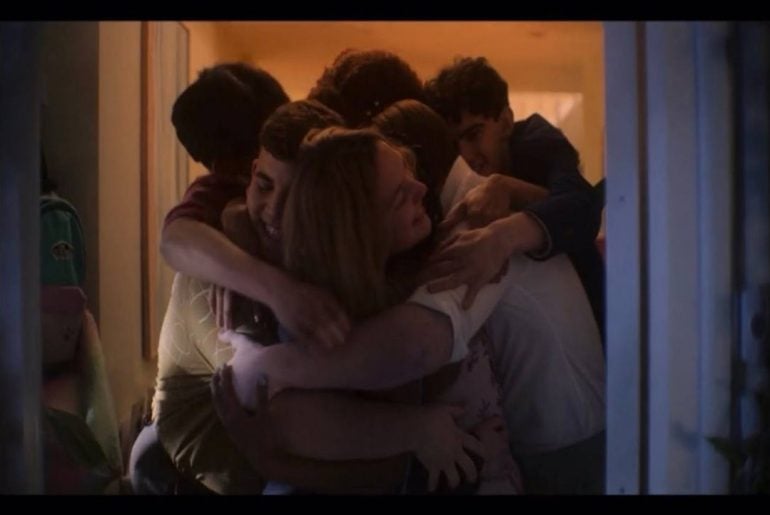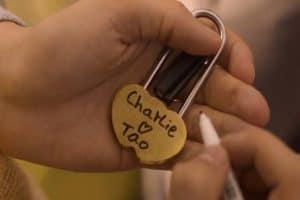The alliance formed by the teachers’ associations aims at “reclaiming the DUTA from the cronies of the ruling dispensation and defend public higher education.”
10 Delhi University teachers’ organisations and 4 independent teachers have come together to form the Democratic United Teachers’ Alliance (D.U.T.A) to contest the Delhi University Teachers’ Association (DUTA) 2023 polls. Ahead of the elections, which will witness over 10,000 academics of the University casting their votes to elect the leadership, the alliance has announced Dr. Aditya Narayan Misra as the joint candidate for the post of DUTA president. The teachers’ organisations have joined forces to challenge the BJP-RSS affiliated National Democratic Teachers Front (NDTF) in the upcoming DUTA elections scheduled for September 27. The DUTA elections are expected to witness a tough contest between the D.U.T.A and the NDTF, which emerged victorious in 2021 after a 24-year hiatus. AK Bhagi was elected as the DUTA President, defeating his nearest contender, Abha Dev Habib by a margin of 1382 votes.
The Democratic United Teachers Alliance, formed with the aim of “defending public education by reclaiming DUTA”, is a coalition of multiple groups including Congress’s Indian National Teachers’ Congress (INTEC), AAP’s Academic for Action and Development Teachers Association (AADTA), the Left-leaning Democratic Teachers’ Front (DTF), and various independent teachers’ associations such as the Common Teachers’ Front (CTF), Delhi Teachers’ Initiative (DTI), Independent Teachers’ Front for Social Justice (ITF-SJ), and Samajwadi Shikshank Manch (SSM) and the Voice of DU Adhocs.
There is an immediate and serious need to reclaim the DUTA as a teachers’ collective that works in defence of public-funded education and rights of teachers and students in the forthcoming DUTA elections,” – the joint statement by D.U.T.A read.
At a press conference on August 25, held at the Press Club of India, Prof. Nandita Narain, former DUTA President said that the current NDTF leadership had turned the union office into a “department of the administration which slaughtered thousands of good teachers in the ongoing recruitment drive.” While the teachers’ movement in the country looked for guidance and inspiration from DUTA to reclaim the rights of the teachers, the alliance alleged that the DUTA leadership failed thousands of ad-hoc teachers in their quest for permanent jobs after decades of service.
We are here together to safeguard the dignity and security of all teachers. We are here to defend full public funding and build public opinion against the privatisation and other sinister designs of NEP, 2020. We are committed to absorption of all existing ad hoc and temporary teachers and reinstatement of those who have been displaced during the last two years, while protecting the services of those who have already secured permanent appointment.” – read a statement by the teachers’ alliance.
The Academic Council of Delhi University, in its meeting held on 11.8.2023, reported a letter from the UGC granting approval to DU as a Category 1 – University under the Graded Autonomy Regulation. By permitting the University to function on a self-financing basis, the D.U.T.A alleges that the regulation would pave the way for commercialisation and deprive the University of necessary Government grants for teaching-learning and infrastructure.
Salaries, promotion, and pension will all have to be taken care of through self-financing. No expectations of funds can be kept from either the University Grants Commission or the Government. Will teachers be displaced? Are we handing over the entire University in private hands? Will the character of the University remain what it is?”- commented Prof Narain in the press conference on Friday.
Prof. Narain, Convener of the Democratic United Teachers’ Alliance, stated that the policy-driven decline in the academic quality of public universities is best demonstrated by the new version of the four-year undergraduate programme (FYUP), which carries a plethora of anti-academic moves to undermine the integrity of various disciplines.
The DUTA leadership has refrained from raising their voices about the degradation of academic quality due to the National Education Policy (NEP), 2020. A number of academically vacuous courses have been introduced in the name of most Value Added Courses and Skill Enhancement Courses, which add neither to values nor skills, and leave students too exhausted to focus on the core academic disciplines. On the other hand, internal assessment has been increased from 25 to 45%, with a new component of continuous assessment. This, given the massive reduction in teaching-tutorial-practical time, is an academic fraud. None of these changes were brought after consultation with teachers.” – mentioned the statement released on August 25.
The statement by D.U.T.A highlights the concern that self-financing by institutions will be undertaken by loans, which will be repaid through increasing student fees for “commercially viable courses” and discarding “uneconomic” ones.
Massive fee hikes will follow, exacerbating the exclusionary tendencies that have been already initiated by the CUET process. Even if the constitutionally mandated provision of reservation is retained (though it finds no mention in the NEP document), students belonging to deprived sections will be excluded through the back door of high fees.” – added the statement.
Claiming this as “the death of higher education, DUTA joint candidate Dr. Aditya Narayan Misra, of the AAP-affiliated Academic for Action and Development Delhi Teachers’ Association (AADTA), urged teachers to join hands and fight for the withdrawal of the National Education Policy,2020.
Despite our dissent, the fees for certain courses under the Law Faculty were approved at nearly Rs.12.5 lakhs, the same courses which were being taught at a fee of Rs 5000-7000. How is this “greater autonomy?”. This should not simply be a reporting item that is brought and told to us. The students’ future depends on it, and the teachers’ future depends on it- why are such decisions being imposed without due discussion? The DUTA has failed us. It is being used as an extension to privatise and commercialise higher education.” – remarked Misra, a three-time president of DUTA.
Clause 19.2 on Graded Autonomy in the NEP 2020, which envisages that all public colleges and universities will become “independent, self-governing institutions” for the governance of which “a Board of Governors (BoG) shall be established consisting of a group of highly qualified, competent and dedicated individuals”, has also been opposed by the alliance. They fear that the BoGs will govern institutions without external interference and make decisions concerning the “incentive structure” unilaterally without reference to UGC regulations.
The Board of Governors will have the complete autonomy to establish new courses and curriculum and hire and fire as per will, with recruitment of contractual teachers and foreign faculty being given more importance. Post independence, we established institutions like the D-School, the IITs, the IIMs, and the English, Commerce and Sociology Departments – but we were always self-sufficient in devisiong and teaching our own curriculum. Why do we need foreign faculty now? They will display the foreign teachers for 4 months and use it as a tactic to raise fees. We are witnessing the biggest privatisation deal of India.” – said Misra, who has been teaching Political Science at DU since 1986.
Democratic Teachers’ Front (DTF) Secretary, Abha Dev Habib, remarked that the reluctance of the DU administration to form the governing bodies of colleges administered by the Delhi Government will formalise the dependence of public higher educational institutions on private corporates.
DU authorities have packed the Academic Council (AC) subcommittee for academic affairs with NDTF members whose only role is to subvert statutory powers of Committees of Courses (CoCs), Departments and Faculties, and impose unacademic changes in syllabi in keeping with their agenda of saffronisation. The DTF teachers of DU have decided that public higher education cannot be redeemed if the current leadership is successful in its aim of converting the teachers’ collective into a patronage dispensing tool to further NEP through undemocratic demobilisation.” – remarked Habib.
Alleging that NDTF-led DUTA remained silent during the mass displacement of ad hoc teachers in the University, the alliance asserted that the teachers’ union’s claims that displaced teachers are being absorbed elsewhere are not supported by transparent data.
What is most reprehensible is that instead of taking up the cause of all teachers, the leadership has been selective and discriminate. It is the first time in the history of DUTA that a large number of teachers are afraid of displeasing their own elected representatives,” the statement added.
The alliance claimed that the outgoing (present) DUTA committee has been hand-in- glove in furthering anti-academic and anti-teacher moves. It has also undermined the functioning of wider trade unions of teachers such as FEDCUTA that are fighting against privatisation and for the restoration of the old pension scheme.
The D.U.T.A. is committed to ensuring absorption of all existing ad hoc and temporary teachers, reinstatement of those displaced in open positions, and protection of services of all permanent teachers, with counting of past services at all levels of promotion and restoration of the Old Pension Scheme, and also for the protection of service conditions of Librarians and teachers of Physical Education. It will launch an effective struggle to strengthen public-funded education by demanding a rollback of NEP2020, Graded Autonomy and all such attempts to privatise our public universities.” – the statement by D.U.T.A concluded.
Prof. Abha Dev Habib said that this unprecedented unity of different groups comes in the light of the “gravest challenges confronting the teachers, students and non-teaching employees of DU”.
There has been mass displacement of serving temporary and ad hoc teachers with the active connivance of the NDTF leadership and especially in institutions helmed by those who are part of the ruling dispensation. The institutional murder of Samarveer was possibly the abysmal low to which the state of affairs in DU have descended.”, Habib, a Professor of Physics at Miranda House, commented.
The statement by the alliance claimed that 80% of serving ad hoc teachers have been displaced in the interviews held recently, most of them in colleges headed by the Principals close to the ruling dispensation.
I have been part of Delhi University all my life. I have been an ad-hoc teacher and was thrown out so I understand how it feels. I can connect to the pain of the people who have been ousted. Regularisation of ad-hoc teachers would be one of our main agendas.” – mentioned Misra, a professor at Dyal Singh College.
On Friday, Delhi Finance Minister Atishi expressed displeasure over the non-release of Rs.100 crore to Delhi Government’s 12 fully-funded DU colleges after a representation was submitted by Dr.Aditya Narain Misra and DU Executive Council (EC) members Seema Das and Rajpal Singh appraising her of the delay.
On 28th June 2023, I approved the release of Rs 100 crore as the second quarterly grant was announced. But this fund has not reached colleges yet despite one and a half months having lapsed. The faculty and the ministerial staff of these colleges cannot suffer due to administrative technicalities and the finance department should have a facilitatory approach over these financial issues. Hence, the funds should be released without any further delay.”- Atishi said in an official statement.
D.U.T.A Press Conference held on August 25 – D.U.T.A. Press Conference, Save Public Funded Education
Featured Image Credits: India Today
Manvi Goel

